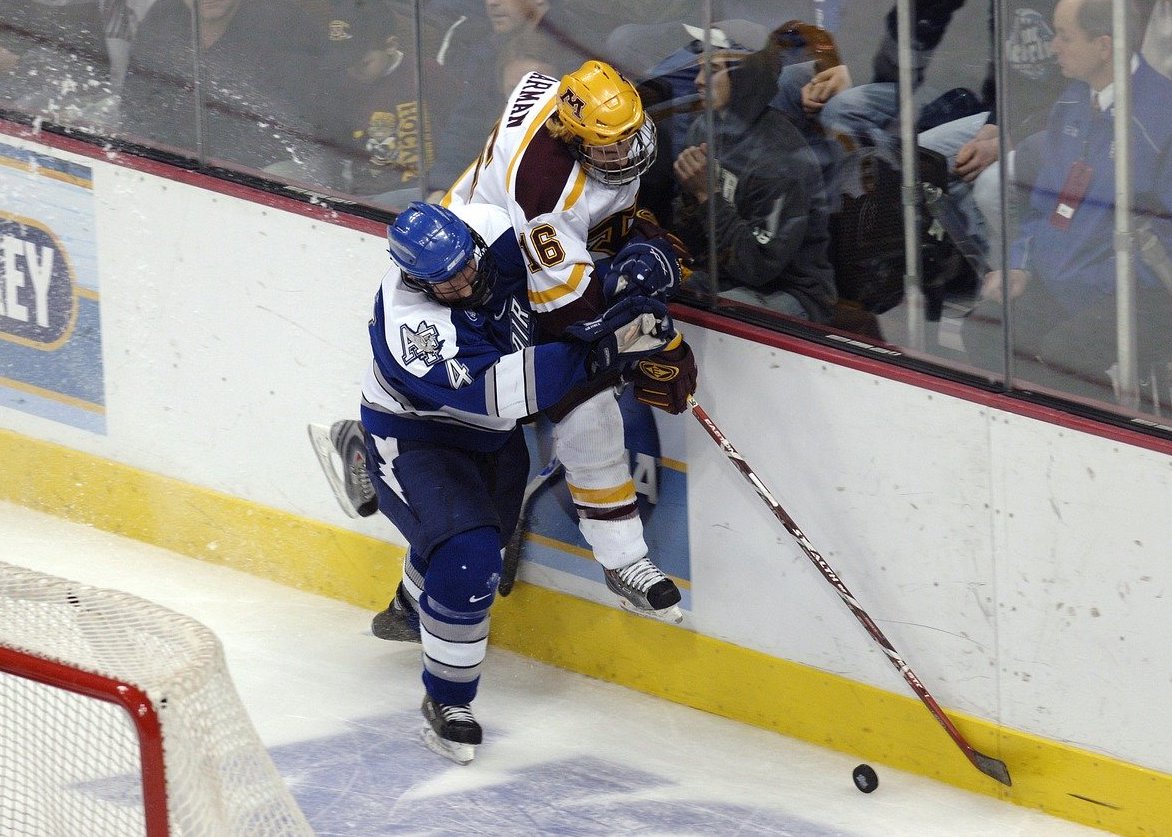
This commentary originally ran in the Toronto Star Opinion section
NHL All-Star Weekend is normally a time to celebrate the state of the game. The NHL’s top players showcase their talent in various skill competitions and they engage in a fast-paced and entertaining three-on-three tournament. However, we have recently seen a series of on-ice incidents that are drawing attention elsewhere.
One prime example was when the New York Rangers recently played the Colorado Avalanche. The Rangers’ Ryan Lindgren delivered a bodycheck where the head of the opposing player, Joonas Donskoi was the initial point of contact. Donskoi was stunned and clearly shaken up. Despite seemingly being in full view of the referees, no penalty was called.
As play continued, this turn of events quickly prompted Donskoi’s teammate, Nazem Kadri, to challenge Lindgren to a fight. Lindgren obliged, which resulted in Kadri delivering multiple right-handed blows and Lindgren being bloodied. Donskoi and Lindgren both left the game and did not return due to apparent injuries.
The NHL Department of Player Safety, after later reviewing the sequence of events, determined that there would be no accompanying discipline to Lindgren for his hit. Curiously, when acknowledging that there was significant head contact made, the NHL Department of Player Safety stated that Lindgren took a suitable angle of approach and head contact was deemed unavoidable.
In contrast, the NFL has adopted rules aimed toward protecting players that are considered in a defenceless position. The NFL now disallows hits to the head when a quarterback is throwing the football or a receiver is attempting to make a catch.

The NCAA has gone further with its “targeting” rule in football. Players that make forcible contact to the head of opponents are ejected from the game. If happening during the second half of a game, the ejected player also cannot play the first half of their subsequent game.
The physicality and violence associated with football remain intact, but such rules reflect recognition about the dangers of multiple concussions and their role in chronic traumatic encephalopathy (CTE).
For hockey, the NCAA does not allow direct contact to the opponent’s head or neck. Doing so results in a major penalty and being ejected from the game. Fighting also prompts a five-minute major penalty, ejection from the game, and being suspended for the subsequent game.
Meanwhile, NHL Commissioner, Gary Bettman continues to deny a direct link between CTE and head trauma.
Nevertheless, the time has come to disallow bodychecks where initial or forcible contact happens to the opponent’s head. By penalizing such actions, there would also be less of a need for frontier justice and perpetuation of “The Code.”
Colorado Avalanche head coach, Jared Bednar, when commenting post-game about Kadri’s actions, said: “There’s no call. We have to take care of ourselves.”
Prof. Timothy Dewhirst, Department of Marketing and Consumer Studies, senior research fellow in marketing and public policy at the Gordon S. Lang School of Business and Economics